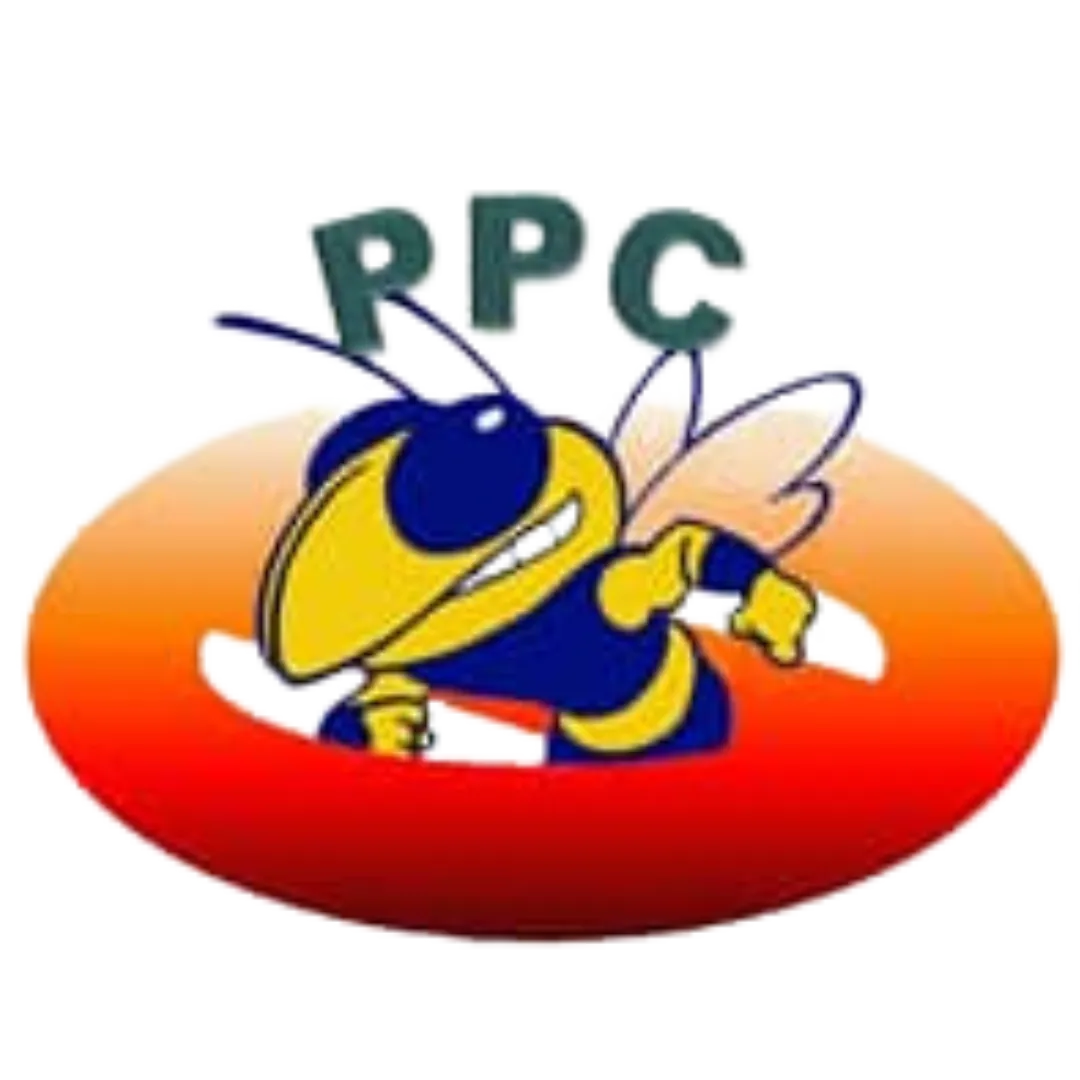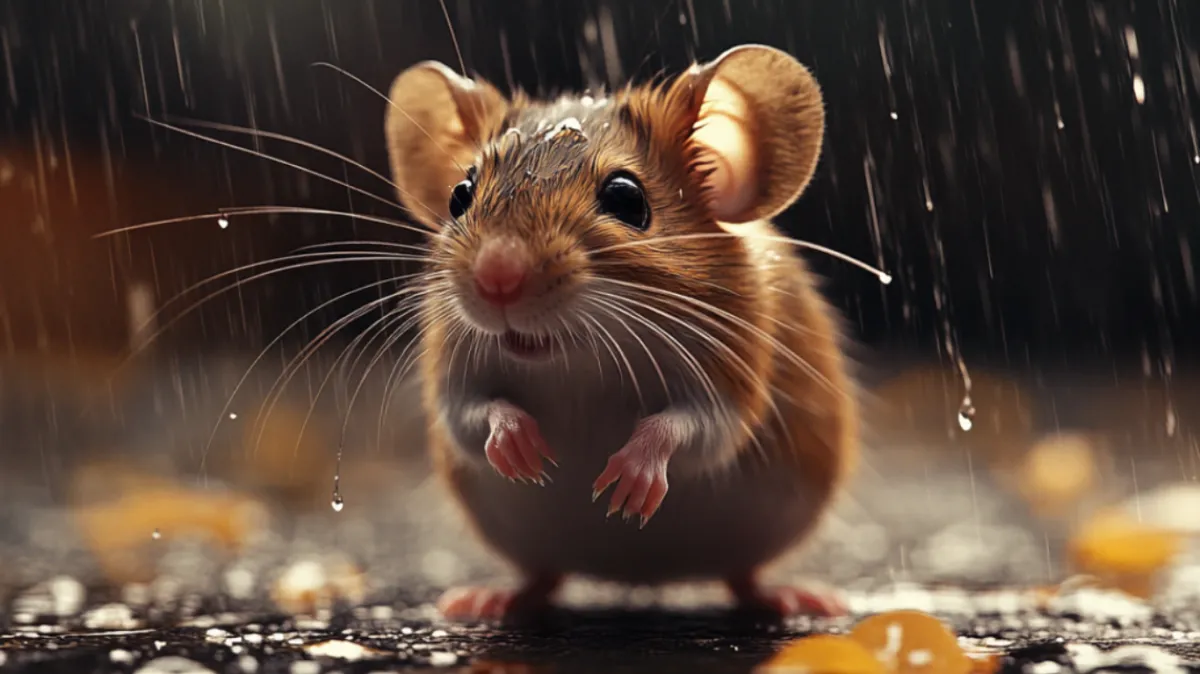
The Hamilton Pest Journal
The Hamilton Pest Control Journal

April Showers Bring May Pests: Waterproofing Your Pest Control Strategy
Understanding Moisture and Pest Attraction
Moisture acts as a magnet for various pests, creating an environment where they can flourish. Here’s how moisture relates to pest attraction and what Petty Pest Control does to mitigate these risks:
Nature of Attraction: Moist environments provide essential water sources and breeding grounds for pests like ants, termites, and rodents.
Common Consequences: Spring rains and melting snow often result in standing water, which can penetrate building foundations, contributing to damp conditions ideal for pest invasions.
Strategies to Address Moisture-Related Pest Attraction:
Enhanced Moisture Detection:
Technology Utilization: Employ advanced moisture meters to detect areas of excess humidity which are potential hotspots for pest activity.
Regular Monitoring: Schedule routine inspections to ensure these high-risk areas are identified early and managed proactively.
Waterproofing Measures:
Structural Solutions: Implement comprehensive waterproofing methods to block potential entry points for water.
Sealant Application: Use high-quality sealants and moisture barriers around vulnerable areas such as basements, crawl spaces, windows, and door frames to prevent water ingress.
Intelligent Landscaping:
Grading and Drainage: Reshape the landscape to ensure proper drainage away from the structure, reducing the risk of water pooling near the foundation.
Water Management Solutions: Install systems like French drains or create rain gardens which not only manage water runoff efficiently but also add aesthetic value to your property.
Impact of Climate Change on Pest Behavior
Climate change is reshaping the dynamics of pest populations worldwide, influencing their behaviors, lifecycles, and interactions with the environment. Understanding these changes is crucial for developing effective pest management strategies. Here’s how global warming affects pest activities and challenges current pest control measures:
Increased Temperatures and Pest Metabolism:
Metabolic Boost: Warmer temperatures increase the metabolic rates of pests, speeding up their life cycles, which leads to more rapid breeding and larger populations.
Year-Round Activity: Higher metabolism rates can mean longer active periods for pests, potentially leading to continuous infestations throughout the year.
Extended Pest Seasons:
Milder Winters: Fewer harsh cold spells allow pests such as mosquitoes, ticks, and fleas to thrive for longer periods, starting their activity earlier in the spring and extending late into the fall.
Increased Breeding Cycles: Longer seasons provide more opportunities for breeding, resulting in exponential growth of pest populations.
Shifts in Pest Geographic Ranges:
New Territories: As temperatures rise, pests are moving into previously uninhabitable areas, expanding their geographic range northwards and to higher elevations.
Unprepared Populations: These new regions often lack the ecological defenses and public awareness needed to manage these new pest threats effectively.
Pest Behavior and Habitat Changes:
Adaptive Behaviors: Pests are adapting to climate variability by altering their behaviors, such as changing their feeding and breeding habits to fit the new environmental conditions.
Habitat Shifts: Changes in climate lead pests to seek out new habitats that meet their survival needs, which may disrupt local ecosystems and biodiversity.
Increased Rainfall and Humidity:
Moisture-Rich Environments: More precipitation and higher humidity levels create ideal conditions for moisture-loving pests, leading to more breeding sites and increased infestations, especially of mosquitoes.
Fungal Growth: Increased moisture also supports the growth of mold and fungi, which can attract pests like termites and carpenter ants that feed on or inhabit these materials.
Impact on Natural Pest Predators:
Predator Disruption: Climate change can disrupt the life cycles of natural predators, diminishing their ability to control pest populations naturally.
Ecosystem Imbalance: Without these predators, pest populations can grow unchecked, leading to more severe infestations.
Challenges for Pest Control:
Adapting Methods: As pests adapt quickly to changing climates, pest control strategies must also evolve to address the new behaviors and extended activity periods of pests.
Need for Innovation: Continuous research and development of new pest control technologies and methods are essential to keep up with the rapid changes in pest behavior due to climate change.
Petty Pest Control’s Proactive Measures
At Petty Pest Control, we understand that effective pest management is not just about treatment but also about prevention, especially when it comes to moisture-related issues. Here’s how we proactively protect your home from pests that thrive in damp conditions:
Customized Assessment and Treatment Plans:
Tailored Solutions: Each property is assessed individually to understand its specific vulnerabilities to moisture and pest invasions.
Holistic Approach: We develop comprehensive plans that focus not only on immediate eradication but also on long-term prevention of pests.
Regular Maintenance and Monitoring:
Ongoing Inspections: Our team schedules regular check-ups to ensure that your home remains secure against potential pest threats.
Advanced Monitoring: Utilizing state-of-the-art technology, we continuously monitor pest activity and environmental moisture levels, allowing us to respond quickly to any signs of trouble.
Education and Support:
Client Empowerment: We provide homeowners with the necessary knowledge and resources to maintain a pest-free environment.
Early Detection: By educating our clients on the signs of pest infestations and how to spot moisture problems, we enable them to take timely action to mitigate risks.
Integrated Pest Management (IPM) Techniques:
Environmentally Friendly: Our IPM approach minimizes the use of chemicals by employing a variety of biological, cultural, and mechanical methods to control pests.
Customized Interventions: Depending on your home’s specific needs, we implement strategies such as improving drainage, reducing humidity inside the home, and sealing entry points to prevent pest access.
Professional Advice and Recommendations:
Expert Guidance: Our team offers expert advice on how to adjust your home landscaping and maintenance routines to avoid water accumulation and discourage pest nesting.
Resource Availability: Petty Pest Control provides ongoing support and updates on the latest pest control methods and preventive measures through workshops, newsletters, and our website.
Stay ahead of the curve by scheduling regular inspections and utilizing our tailored treatments to address specific vulnerabilities. For more insights and expert advice, visit our website at [https://pettypestcontrolservices.com/ ].

Schedule a Pest Inspection
Ready to schedule a pest inspection? Contact us today.

